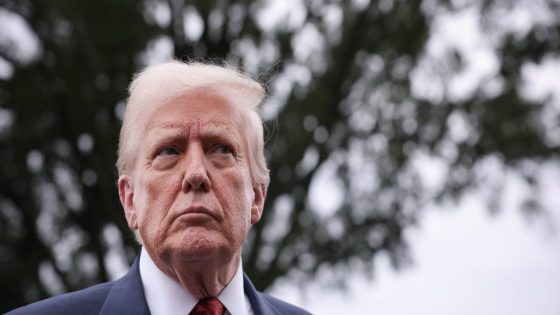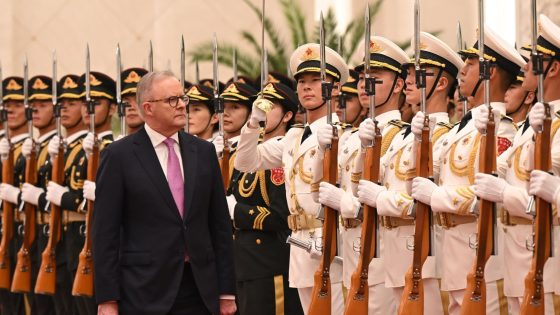As the united states ramps up tariffs on major trading partners globally, the implications are profound. President Donald Trump is not only increasing duties but also implementing strategies to prevent circumvention, particularly targeting Chinese exports.
- Trump increases tariffs on global trading partners.
- Transshipped goods face additional 40% duty.
- China significantly impacted by new tariffs.
- Vietnam benefits from supply chain diversions.
- Customs authorities face challenges identifying transshipment.
- U.S.-China relations remain tense and uncertain.
On August 6, 2025, a new wave of tariffs will impose an additional 40% duty on goods deemed “transshipped” through third countries. This move aims to deter countries from exploiting loopholes to bypass U.S. tariffs, significantly affecting economies from Taiwan to India.
This escalation raises critical questions about the future of international trade. Will countries adapt their supply chains to avoid U.S. penalties, or will they risk higher tariffs? Consider these points:
- Countries may shift supply chains to avoid tariffs.
- China’s manufacturing dominance could be challenged.
- Trade tensions may escalate further.
- Customs enforcement will face significant challenges.
As the situation develops, businesses and governments must remain vigilant and adaptable to the changing dynamics of international trade.

































